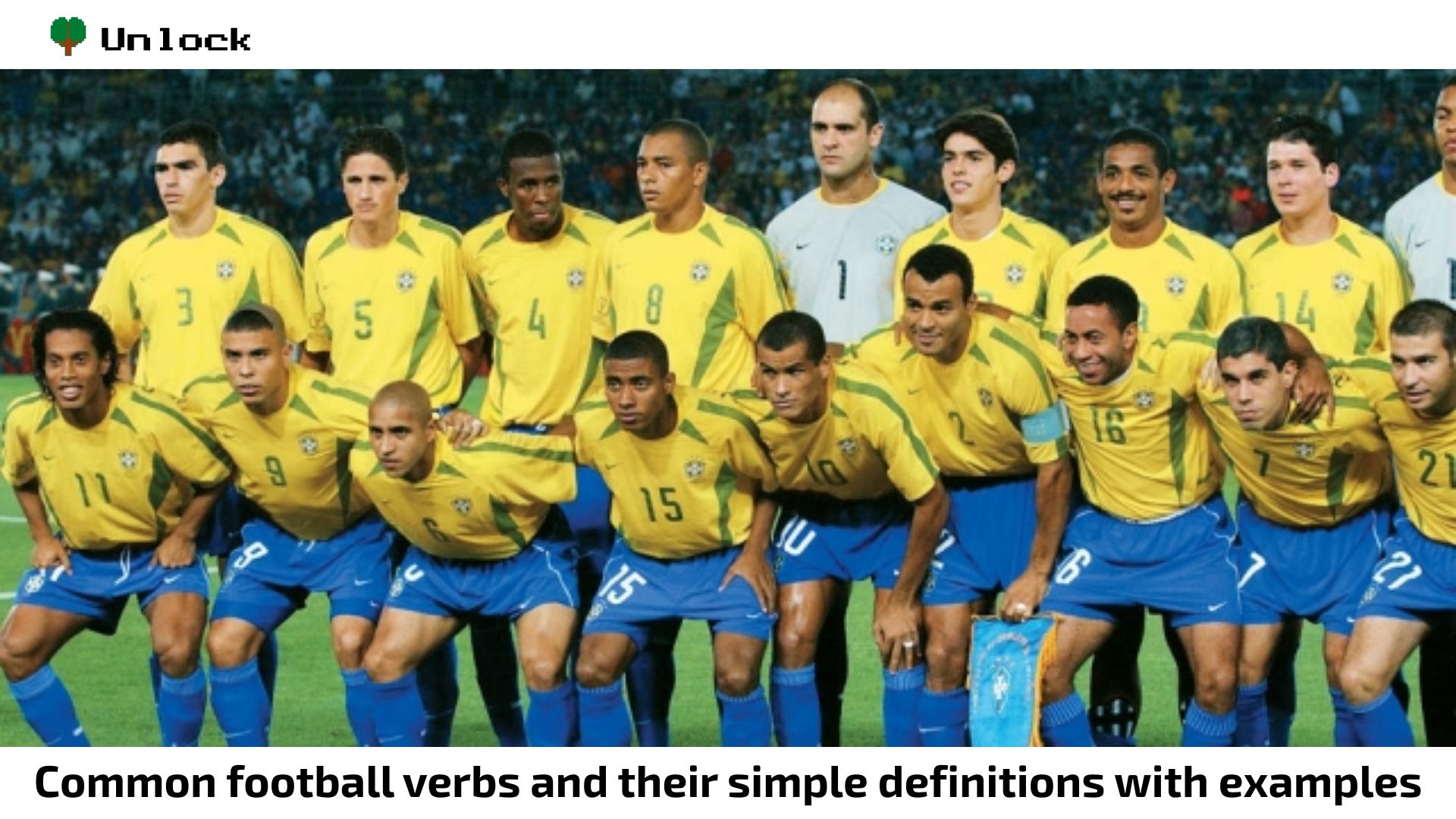
Common football verbs and their simple definitions with examples
- To concede: To allow the opposing team to score a goal.
e.g.: The team conceded a goal in the final minutes of the match.
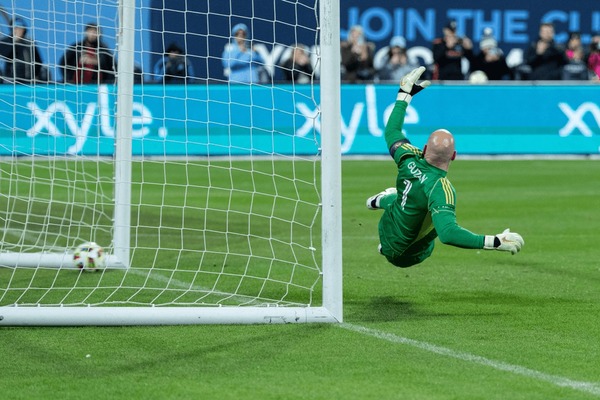
- To cross: To pass the ball from one side of the field to the other or into the goal area.
e.g.: He crossed the ball into the penalty area, creating a great scoring opportunity.
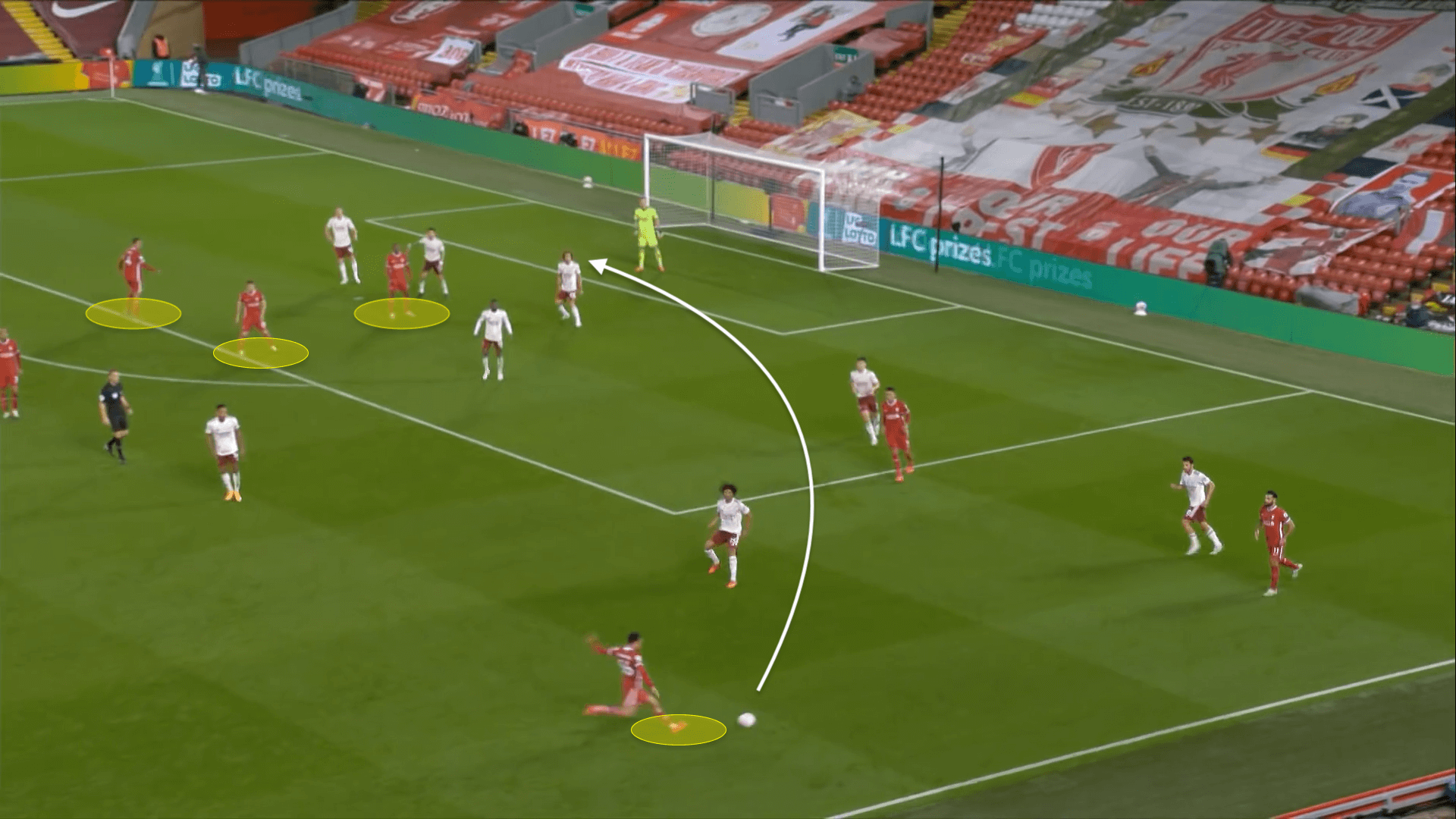
- To dribble: To move the ball continuously with your feet while advancing.
e.g.: The forward dribbled past three defenders before taking a shot.
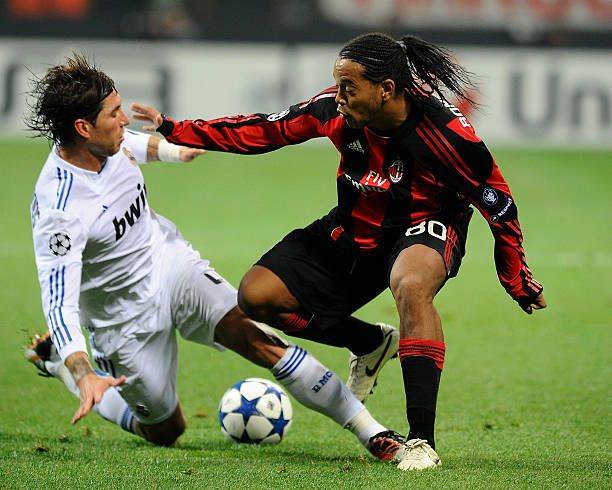
- To head: To play or direct the ball using your head.
e.g.: She headed the ball into the back of the net for the winning goal.
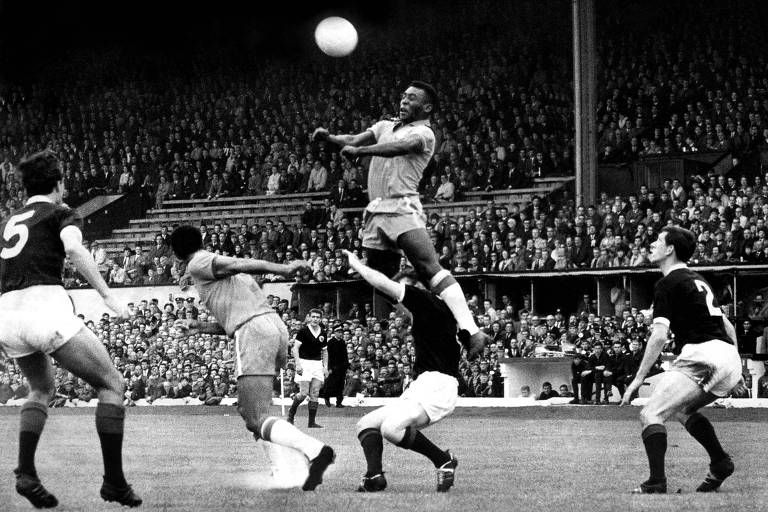
- To kick: To strike the ball with your foot.
e.g.: The player kicked the ball with great power from outside the box.

- To mark: To closely guard an opposing player to prevent them from receiving or using the ball effectively.
e.g.: The defender closely marked the striker to prevent him from scoring.
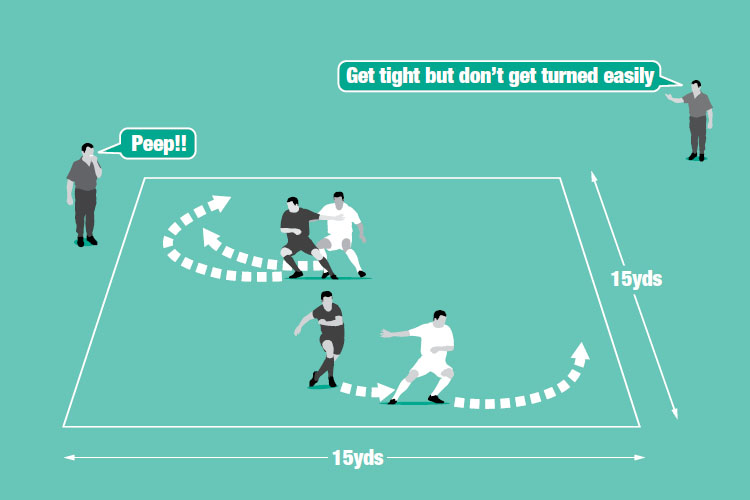
- To pass: To kick or head the ball to a teammate.
e.g.: The midfielder passed the ball perfectly to his teammate on the wing.
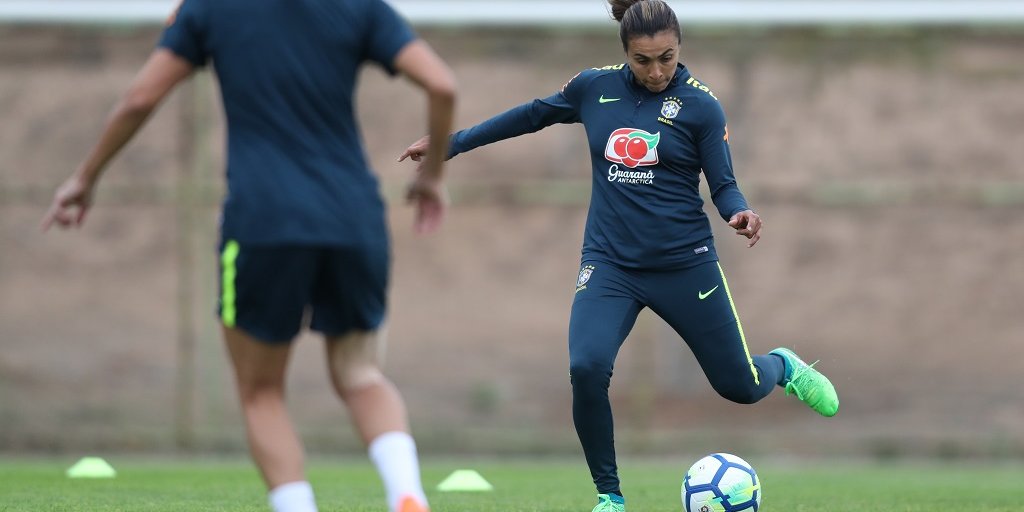
- To score: To successfully get the ball into the opposing team’s goal.
e.g.: He scored the winning goal in the championship game.

- To shoot: To kick the ball towards the goal in an attempt to score.
e.g.: She shot the ball but it hit the post and went out.
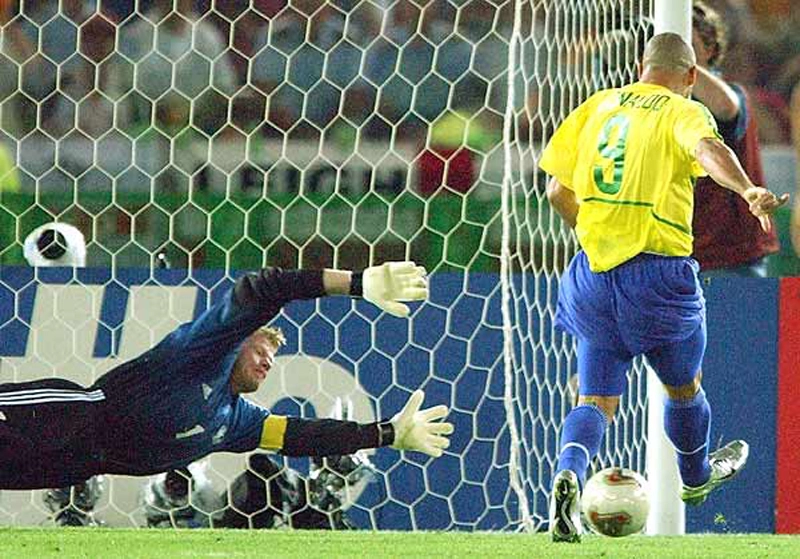
- To substitute: To replace a player on the field with another from the bench.
e.g.: The coach substituted a tired player with fresh legs in the second half.
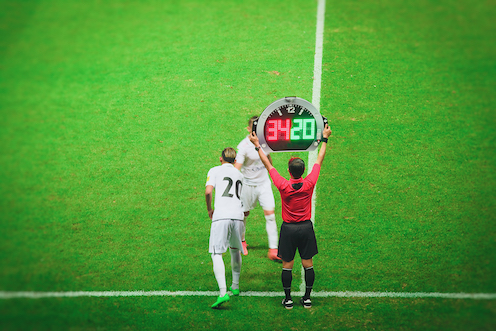
- To tackle: To try to take the ball away from an opponent.
e.g.: He tackled the opponent cleanly to regain possession of the ball.
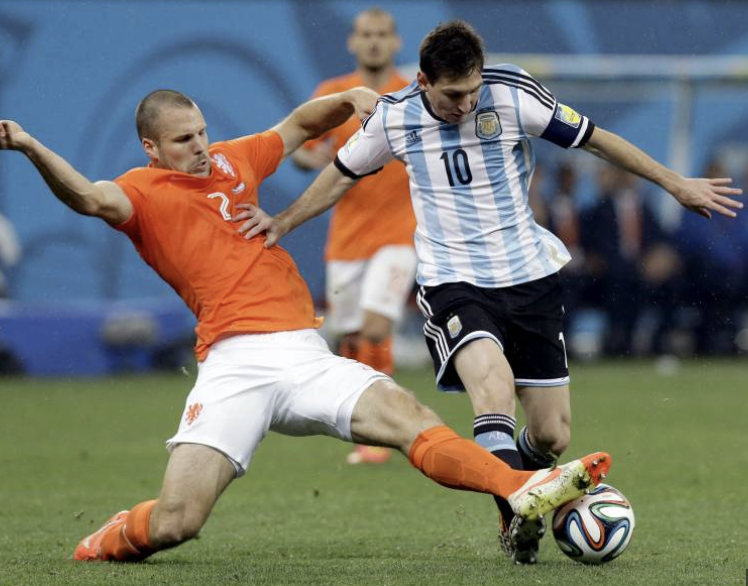
- To volley: To kick the ball while it is still in the air before it hits the ground.
e.g.: The player volleyed the ball from a corner kick and almost scored.

.png)





